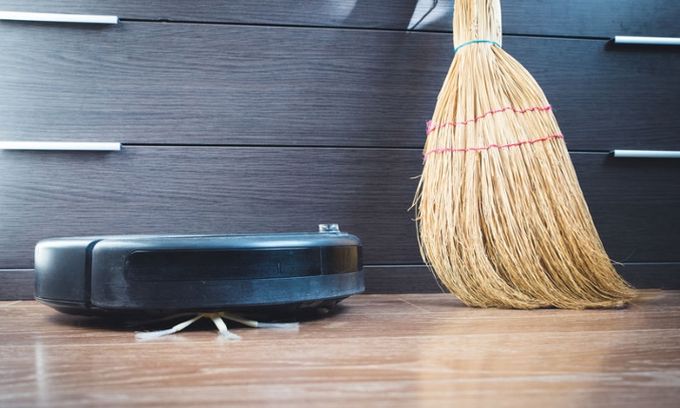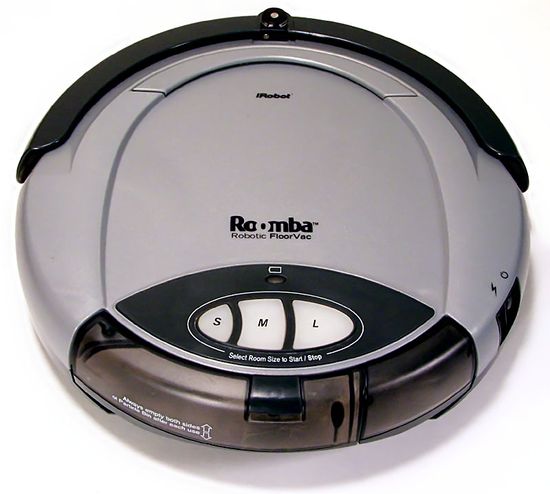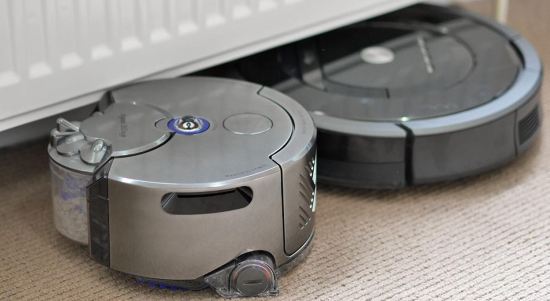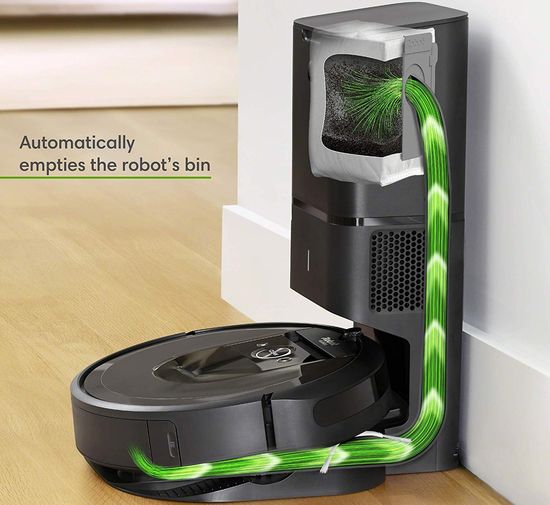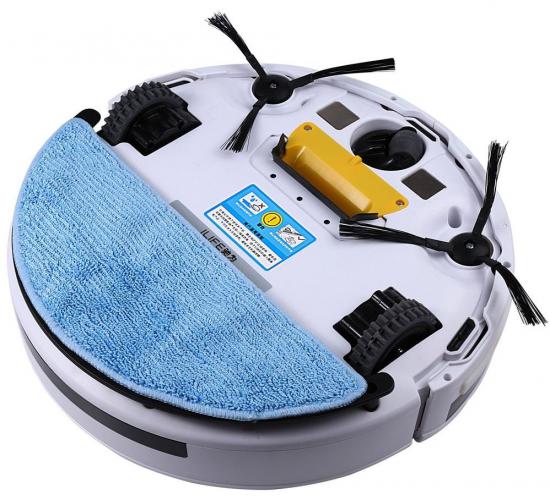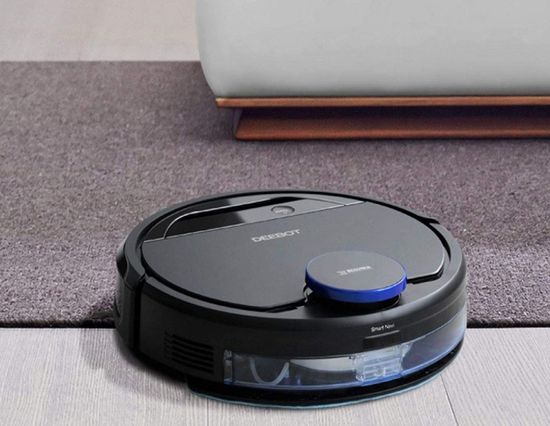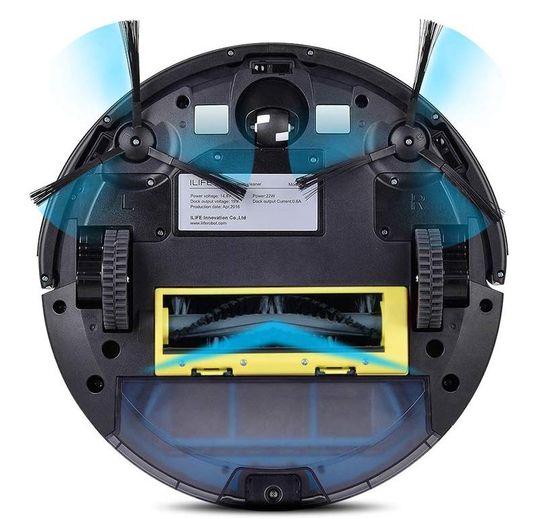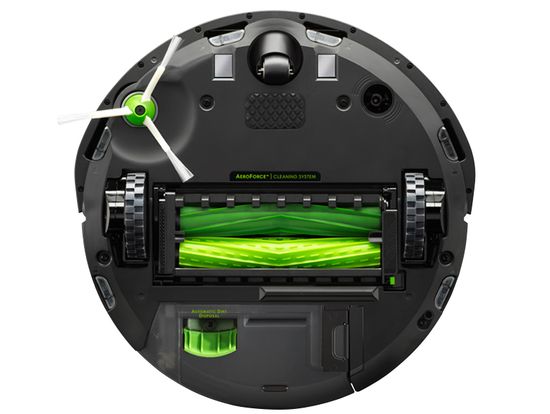As known, in 2002, the Swedish Electrolux concern introduced the first serial Electrolux Trilobite robot vacuum. In the same year, the American iRobot Corporation introduced its Roomba model, the mass production of which began a little later.
Of course, some large companies, including Karcher, Samsung, LG, Siemens, etc, became interested in the new device. As a result, the range of new devices expanded very quickly. After only a few years, the market offered various robot vacuums in the wide range.
But, of course, the first models were expensive. Besides, they provided only partial automation, requiring control and human intervention due to poor overcoming the obstacles, short runtime, fast dustbin filling, etc. Therefore, initially many people perceived robotic vacuums as a fun toy.
But fierce competition radically changed the situation. Companies significantly reduced prices and successfully solved most of the technical problems. Today this device costs several hundred dollars and really provides a high level of automation with sufficiently high-quality cleaning. As a result, many consumers have changed their attitude, provoking a rapid increase in demand. Of course, companies responded adequately to the situation. As a consequence, this segment began to develop rapidly. The modern market offers a huge number of robot vacuums, the price and functionality of which varies in a very wide range. Of course, this factor pleases consumers, but sometimes it complicates the choice.
Therefore, even a simplified classification can simplify this task. In addition, various TOPs, including lists of Best Sellers, the best models from experts and of the new innovative models also simplify the selection of the optimal robot vacuum.
Key features
– cleaning under low-profile furniture requires compactness, primarily in height. Therefore, companies are trying to reduce it;
– of course, compactness significantly limits the internal volume and, accordingly, engine power. As a result, many models do not provide effective cleaning the carpets with long and even medium pile due to low suction power. The larger Dyson with a powerful cyclone engine solves this problem, but cannot clean under low furniture.
– low battery capacity limits the cleaning time from one charge, requiring periodic recharging at the dock. Therefore, many modern models use the Auto Charging mode and the algorithm to continue cleaning from the breakpoint after recharging;
– small capacity of the dustbin requires frequent emptying, which reduces the level of cleaning automation. But some modern models, for example iRobot Roomba i7+ provides its automatic emptying on the dock.
– the very convenient wet mopping function using microfiber on the bottom has until recently been limited due to the need for reliably protecting expensive electronics from moisture. Basically, some iLife models supported this feature.
But today, more and more models support this mode. For example, this year EcoVacs introduced Deebot Ozmo 930, which provides preliminary moistening the floor and absorption of dirty water in the future.
– modern models use sophisticated algorithms for navigation and digital mapping, providing optimal trajectory of movement during cleaning;
– today many even budget models, for example EcoVacs Deebot N79S, provide scheduling, WiFi connect, and support Amazon Alexa and the Google Assistant.
Сlassification
Modern models can be conditionally classified as follows:
– budget compact models with low-power engines and without brushes suck dust, wool, and lightweight debris from flat surfaces;
– more expensive models additionally use a turbo brush that directs debris to the suction port. They are effective for collecting large debris and cleaning pile-free carpets. Many models additionally use side brushes for effective cleaning along walls and in corners;
– models with two turbo brushes use one of them to direct the debris to the hole, and the other to raise it into the air, which increases the suction efficiency;
– robots with a Mopping mode use a microfiber that is moistened through a capillary system from a water tank. Some models spray water on the floor. But this mode requires preliminary dry cleaning to prevent wet stains;
– floor washing scrubbing robot mops the floor with water from the tank and then collects dirty water in a separate tank. But these models require additional care. Until recently, only high-end price models, such as the popular iRobot Scooba series, supported this function. But in 2018, iLife introduced the first budget iLife W400 Floor Washing Scrubbing Robot with an innovative Clean / Dirty Water Separation system.
Care
Of course, robotic vacuum cleaners require care, which has some features. But the most common problems can usually be fixed on their own, without the specialists.
We sincerely wish you the Right Solution!
This video demonstrates how the iLife W400 works.
